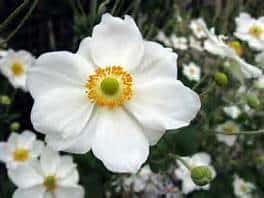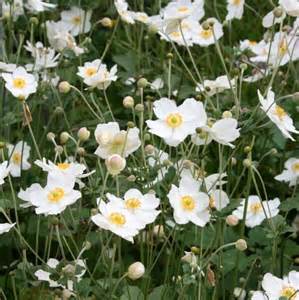Their convergence was neither peaceable nor passive. Divided – the land met the water in a cataclysmic collision. Jagged, crude rocks formed an undulating backbone along the banks as the soothing waters flowed effortlessly over and between, uniting the elements into one powerful and picturesque landscape.
Although unity is a sought after tone in the landscape, sometimes, we must divide in order to achieve. Specifically, I am referring to the division of perennials.
We’ve discussed deadheading and pruning. Both effective methods in developing healthier plants with more blooms and better shape and structure. Dividing is yet another tool to help rejuvenate and stimulate, while controlling the size and increasing the amount of plants.
Timing is important, and the general rule of thumb is to divide Spring and Summer blooming perennials in the Fall, and Fall blooming perennials in the Spring. The idea is to divide when plants are not blooming. This is because the plant’s energy is being focused on regenerating root and leaf tissue, which makes for the perfect time to divide and plant.
First, choose a day that’s a bit overcast and cool as sunny, warm days can make plants dry out faster. If the weather has been warm and dry, water the plants the day before you intend on dividing them. Next, begin digging at the drip line to help mitigate root damage. Dig out the plant and gently remove any loose dirt. Then divide the plant by easing the roots apart or cutting with a knife or spade. Each new plant should have 3-5 vigorous shoots and a healthy supply of roots. Lastly, be sure to keep the newly divided plants shaded and moist until they are planted.
Dividing perennials not only helps the health, vigor and beauty of the plant, it’s also a cost-effective way to add more plants to your landscape. Consider sharing with your friends and neighbors. It’s a great way to diversify and connect with your community. As always, reach out to Sweeney’s! We’d be thrilled to help you divide and plant or simply guide you through the process.
Plant of the Week
Honorine Jobert Anemone
Elegant white flowers with frilly, yellow centers bloom August – October on graceful arching stems amongst dark green foliage. Prefers shade to partial sun and moist, well-drained soil. Grows 24-36″ high and 24-36″ wide. Deer and rabbit resistant. Attracts pollinators and is salt tolerant.
“August creates as she slumbers, replete and satisfied.”
-Joseph Wood Krutch
Best wishes,
Kim Sweeney



